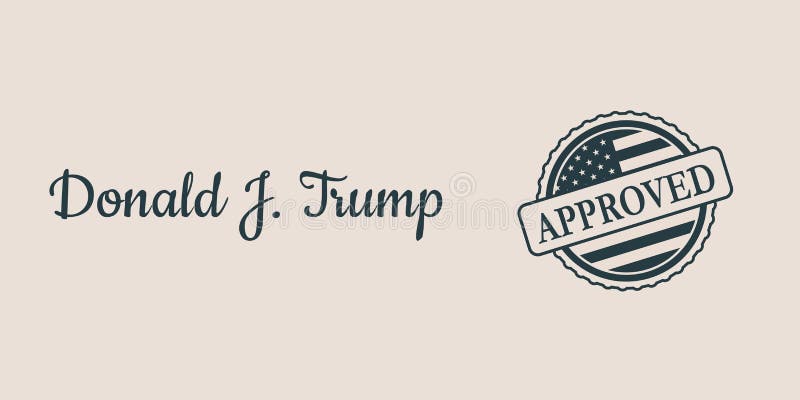Why not just official channels of information, e.g. White house Mastodon instance with politicians' accounts, government-hosted, auto-mirrored by third parties.
Technology
This is a most excellent place for technology news and articles.
Our Rules
- Follow the lemmy.world rules.
- Only tech related content.
- Be excellent to each other!
- Mod approved content bots can post up to 10 articles per day.
- Threads asking for personal tech support may be deleted.
- Politics threads may be removed.
- No memes allowed as posts, OK to post as comments.
- Only approved bots from the list below, to ask if your bot can be added please contact us.
- Check for duplicates before posting, duplicates may be removed
- Accounts 7 days and younger will have their posts automatically removed.
Approved Bots
Yeah good luck getting to general public to understand what “cryptographically verified” videos mean
Democrats will want cryptographically verified videos, Republicans will be happy with a stamp that has trumps face on it.


Just make it a law that if as a social media company you allow unverified videos to be posted, you don't get safe harbour protections from libel suits for that. It would clear right up. As long as the source of trust is independent of the government or even big business, it would work and be trustworthy.
As long as the source of trust is independent of the government or even big business, it would work and be trustworthy
That sounds like wishful thinking
Back in the day, many rulers allowed only licensed individuals to operate printing presses. It was sometimes even required that an official should read and sign off on any text before it was allowed to be printed.
Freedom of the press originally means that exactly this is not done.
Jesus, how did I get so old only to just now understand that press is not journalism, but literally the printing press in 'Freedom of the press'.
This doesn’t solve anything. The White House will only authenticate videos which make the President look good. Curated and carefully edited PR. Maybe the occasional press conference. The vast majority of content will not be authenticated. If anything this makes the problem worse, as it will give the President remit to claim videos which make them look bad are not authenticated and should therefore be distrusted.
It needs to be more general. A video should have multiple signatures. Each signature relies on the signer's reputation, which works both ways. It won't help those who don't care about their reputation, but will for those that do.
A photographer who passes off a fake photo as real will have their reputation hit, if they are caught out. The paper that published it will also take a hit. It's therefore in the paper's interest to figure out how trustworthy the supplier is.
I believe canon recently announced a camera that cryptographically signs photographs, at the point of creation. At that point, the photographer can prove the camera, the editor can prove the photographer, the paper can prove the editor, and the reader can prove the newspaper. If done right, the final viewer can also prove the whole chain, semi-independently. It won't be perfect (far from it) but might be the best will get. Each party wants to protect their reputation, and so has a vested interest in catching fraud.
For this to work, we need a reliable way to sign images multiple times, as well as (optionally) encode an edit history into it. We also need a quick way to match cryptographic keys to a public key.
An option to upload a time stamped key to a trusted 3rd party would also be of significant benefit. Ironically, Blockchain might actually be a good use for this. In case a trusted 3rd can't be established.
I don't think that's practical or particularly desirable.
Today, when you buy something, EG a phone, the brand guarantees the quality of the product, and the seller guarantees the logistics chain (that it's unused, not stolen, not faked, not damaged in transport, ...). The typical buyer does not care about the parts used, the assembly factory, etc.
When a news source publishes media, they vouch for it. That's what they are paid for (as it were). If the final viewer is expected to check the chain, they are asked to do the job of skilled professionals for free. Do-your-own-research rarely works out, even for well-educated people. Besides, in important cases, the whole chain will not be public to protect sources.
It wouldn't be intended for day to day use. It's intended as a audit trail/chain of custody. Think of it more akin to a git history. As a user, you generally don't care, however it can be excellent for retrospective analysis, when someone/something does screw up.
You would obviously be able to strip it out, but having it as a default would be helpful with openness.
Great points and I agree. I also think the signature needs to be built into the stream in a continuous fashion so that snippets can still be authenticated.
Agreed. Embed a per-frame signature it into every key frame when encoding. Also include the video file time-stamp. This will mean any clip longer than around 1 second will include at least 1 signed frame.
I don't understand your concern. Either it'll be signed White House footage or it won't. They have to sign all their footage otherwise there's no point to this. If it looks bad, don't release it.
Then this exercise is a waste of time. All the hard hitting journalism which presses the President and elicits a negative response will be unsigned, and will be distributed across social media as it is today: without authentication. All the videos for which the White House is concerned about authenticity will continue to circulate without any cause for contention.
The point is that if someone catches the President shagging kids, of course that footage won't be authenticated by the WH. We need a tool so that a genuine piece of footage of the Pres shagging kids would be authenticated, but a deepfake of the same would not. The WH is not a good arbiter since they are not independent.
I'm sure they do. AI regulation probably would have helped with that. I feel like congress was busy with shit that doesn't affect anything.
I see no difference between creating a fake video/image with AI and Adobe's packages. So to me this isn't an AI problem, it's a problem that should have been resolved a couple of decades ago.
I salute whoever has the challenge of explaining basic cryptography principles to Congress.
Should probably start out with the colour mixing one. That was very helpfull for me to figure out public key cryptography. The difficulty comes in when they feel like you are treating them like toddlers so they start behaving more like toddlers. (Which they are 99% if the time)
what if I meet Joe and take a selfie of both of us using my phone? how will people know that my selfie is an authentic Joe Biden?
Ultimately, reputation based trust, combined with cryptographic keys is likely the best we can do. You (semi automatically) sign the photo, and upload it's stamp to a 3rd party. They can verify that they received the stamp from you, and at what time. That proves the image existed at that time, and that it's linked to your reputation. Anything more is just likely to leak, security wise.
That's the big question. How will we verify anything as real?
Probably a signed comment from the Double-Cone Crusader himself, basically free PR so I don't see why he or any other president wouldn't at least have an intern give you a signed comment fist bump of acknowledgement